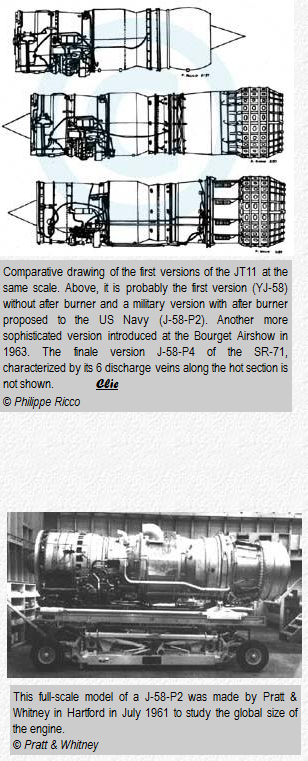Spinning off from the Alt-Tiger thread and resting on the video in the last post in that thread...
In Ed Nash' recent Crusader III video he notes that the USN was more than happy to use BOTH the F-4 and the Cru III but congress tied them only using a single type for the role.
Let us remove that impediment and workshop this!
View: https://www.youtube.com/watch?t=615&v=GOuQFpUhgKk&feature=youtu.be
reposted to save time
In Ed Nash' recent Crusader III video he notes that the USN was more than happy to use BOTH the F-4 and the Cru III but congress tied them only using a single type for the role.
Let us remove that impediment and workshop this!
reposted to save time

